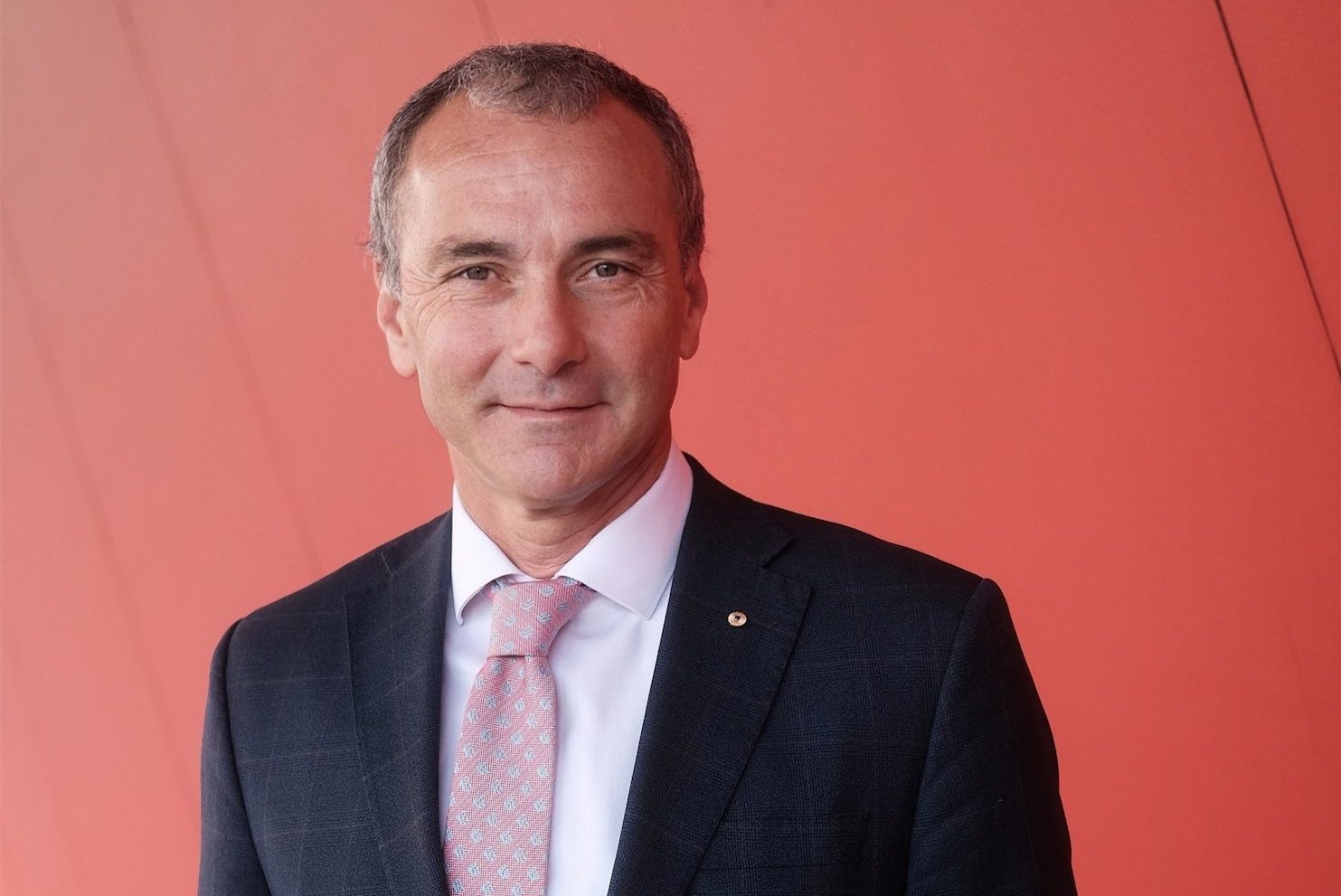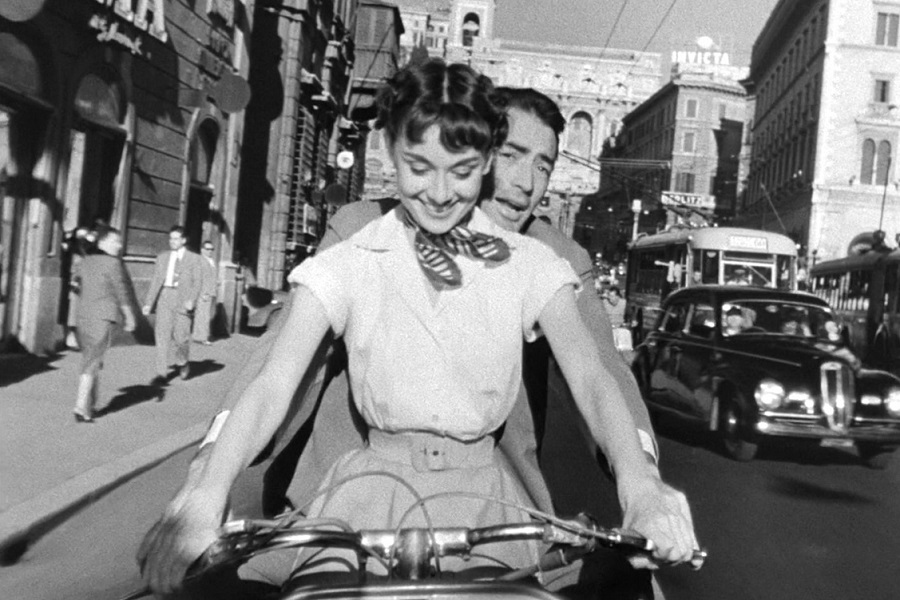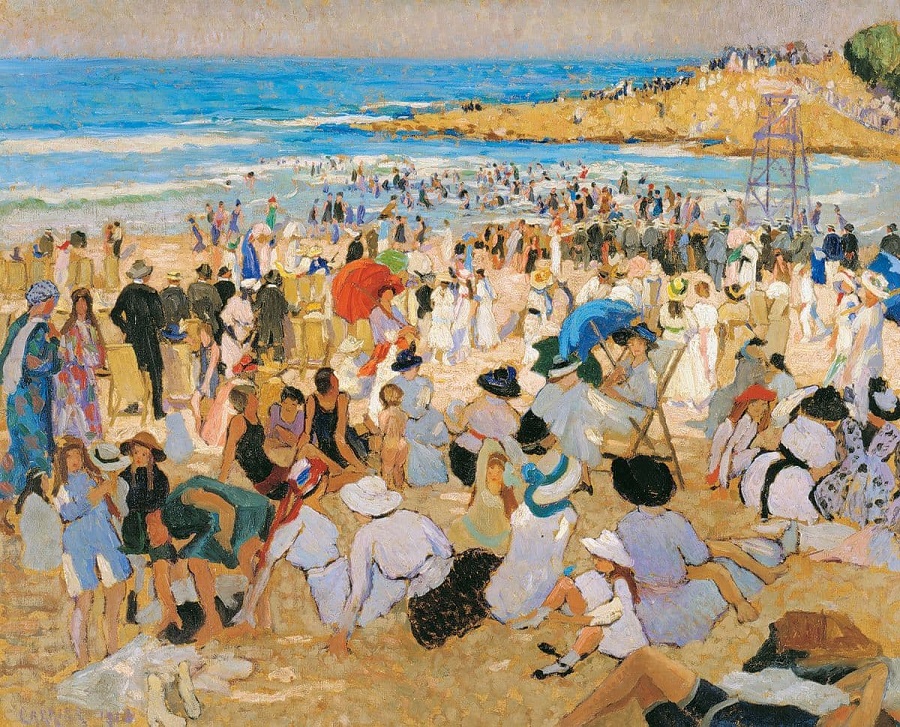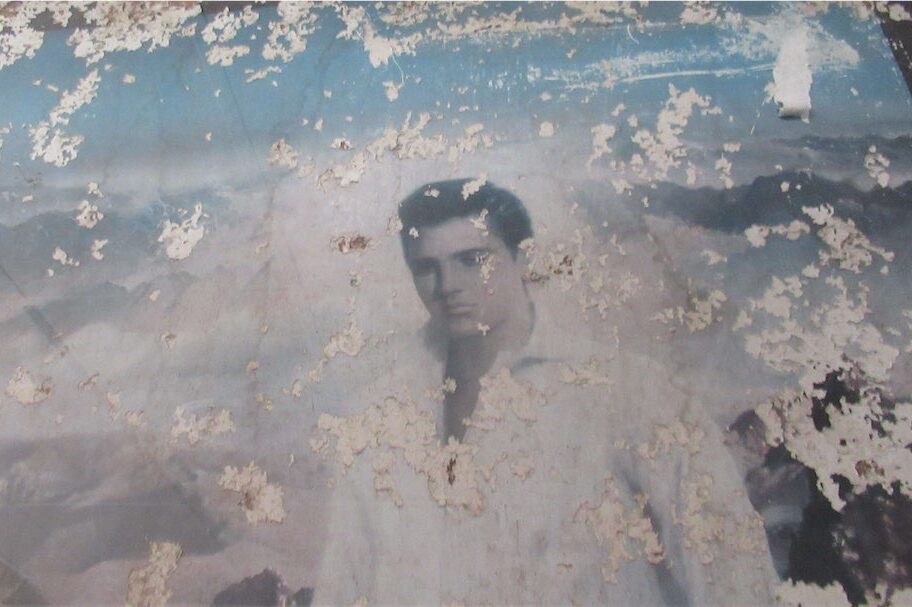
WHEN Mathew Trinca’s contract as director of the National Museum of Australia ends at the end of February, he’ll be 60 – the new 50 – and there’s no sign that he’s slowing down.
Trinca, who has overseen a series of hit exhibitions from the British Museum, the repatriation of Aboriginal artefacts from the British Museum and recently an extraordinary boost of $78 million in federal funding, has remained exceedingly popular with his staff, having presided over 10 peaceful years at the museum.
When I caught up with Trinca for coffee recently, he was naturally keen to talk up his need to have more time with his teenage children and family on their property in the Brindabellas, but just as keen to plan a future working as a consultant on questions of strategy in the arts and cultural heritage and the wider museums sector. Above all, he looks forward to returning to writing.
Trinca, who holds a BA from the University of WA and a doctorate from the University of Sydney, started out as an historian, and that’s where his heart remains.
Intriguingly, it turns out that his interest in history was partly propelled by his Italian ancestry, with both his mother and father’s origins traceable to Grosotto, a village in Valtellina in northern Italy bordering Switzerland.
He makes no secret of his proud ancestry, which has informed his academic writing about the internment of Italians during World War II, an inglorious period documented in Trinca’s collection of essays, “Suspicion: Citizenship and Internment in Australia during the Second World War”.
During the war, his father, who had been working on the goldfields near Kalgoorlie, was “manpowered” into cutting wood for boilers, while his uncle was inturned on Rottnest Island, as an “enemy alien”.
Neither of his parents, he says, attended high school, but both were “autodidacts” with a strong bent for education, so all four of the children got university degrees.
“My parents were great readers and encouraged us,” Trinca says. “Then when I went to an Irish Catholic school, I had an influential teacher, Maria Collins.”
Years later someone told him she was living in the UK, so he rang her and said: “If it wasn’t for you, I wouldn’t be the director of the National Museum of Australia”.
The love of history stayed with him into university, where he came into contact with significant historians, Jenny Gregory and Thomas Stannage, the latter becoming, though not in Trinca’s time, deputy chair of the NMA.
On finishing his degree from the University of WA, he worked for a time for WA newspapers before “gallivanting” in London as a working journalist. He returned to Perth in his mid-to-late twenties to start a PhD while working in history and heritage, including five years at the WA Museum.
It was only after moving east in 2003 to take up a curatorial post at the NMA, that he completed his doctorate at Sydney University.
Trinca’s trajectory was clear; he moved to the NMA as senior curator, then assistant director responsible for collections and content. In 2013, on the departure of the late Andrew Sayers, he became acting director, then director of the museum.
Incredible challenges in recent years
Trinca talks of his achievements.
“I’m very pleased to say that after some very lean years, the government assured funding for the National Museum of Australia for the next four years in the appropriation in April,” he says.
“It’s the most significant investment in culture, for which we should be eternally grateful.”
Enumerating the many things that have happened under his watch, he cites the refurbishment of the museum, the new gallery “The Great Southern Land” and the landscaping of the gardens.
He also talks of the international programs and his pride in the fact that the exhibition “Songlines: Tracking the Seven Sisters” went on to be seen in both Berlin and Paris.
He oversaw the negotiation of a collegiate relationship with the British Museum, whose exhibitions have provided summer blockbusters such as “Rome: City and Empire”, “Ancient Greeks: Athletes, Warriors and Heroes”, and “Feared and Revered”.
Now there are new agreements with the National Museum of China and the Rijksmuseum van Oudheden in The Netherlands.
“There have been incredible challenges in recent years, especially through covid and the bushfires, but the staff have responded magnificently,” he says, so much so that the museum is pretty well beating away visitors at the doors.
“The ambition of the staff is high for what they want to achieve and while that may sound Pollyanna-ish, it’s true,” he says.
“The people working here stayed solid and our numbers have now exceeded those before the pandemic… Above everything, it will be the people that I will miss the most.”
Trinca is quick to remind me that as well as communicating with the general populace, the research the museum carries out is at its core.
Using some of that federal funding, for the first time in decades, he says, they are growing the numbers in the curatorial research department.
“Original ideas are as important as communicating what we do…not only are we an institution that welcomes the public through its doors, but we are a thinking institution too.”
Nonetheless, he cautions, this place has to be a place that ordinary people can come to – “it’s not just for academics.”
Regarding what he tactfully calls “resolving our past”, he believes that we also should not neglect the responsibility to tell our history, “warts and all”.
Trinca will be the longest director to have served at the National Museum, and he has faced challenges, but he’s proud to say, “there is no more democratic institution than the NMA – it welcomes all comers – everyone can find a piece of their own story here”.
Who can be trusted?
In a world of spin and confusion, there’s never been a more important time to support independent journalism in Canberra.
If you trust our work online and want to enforce the power of independent voices, I invite you to make a small contribution.
Every dollar of support is invested back into our journalism to help keep citynews.com.au strong and free.
Thank you,
Ian Meikle, editor




Leave a Reply